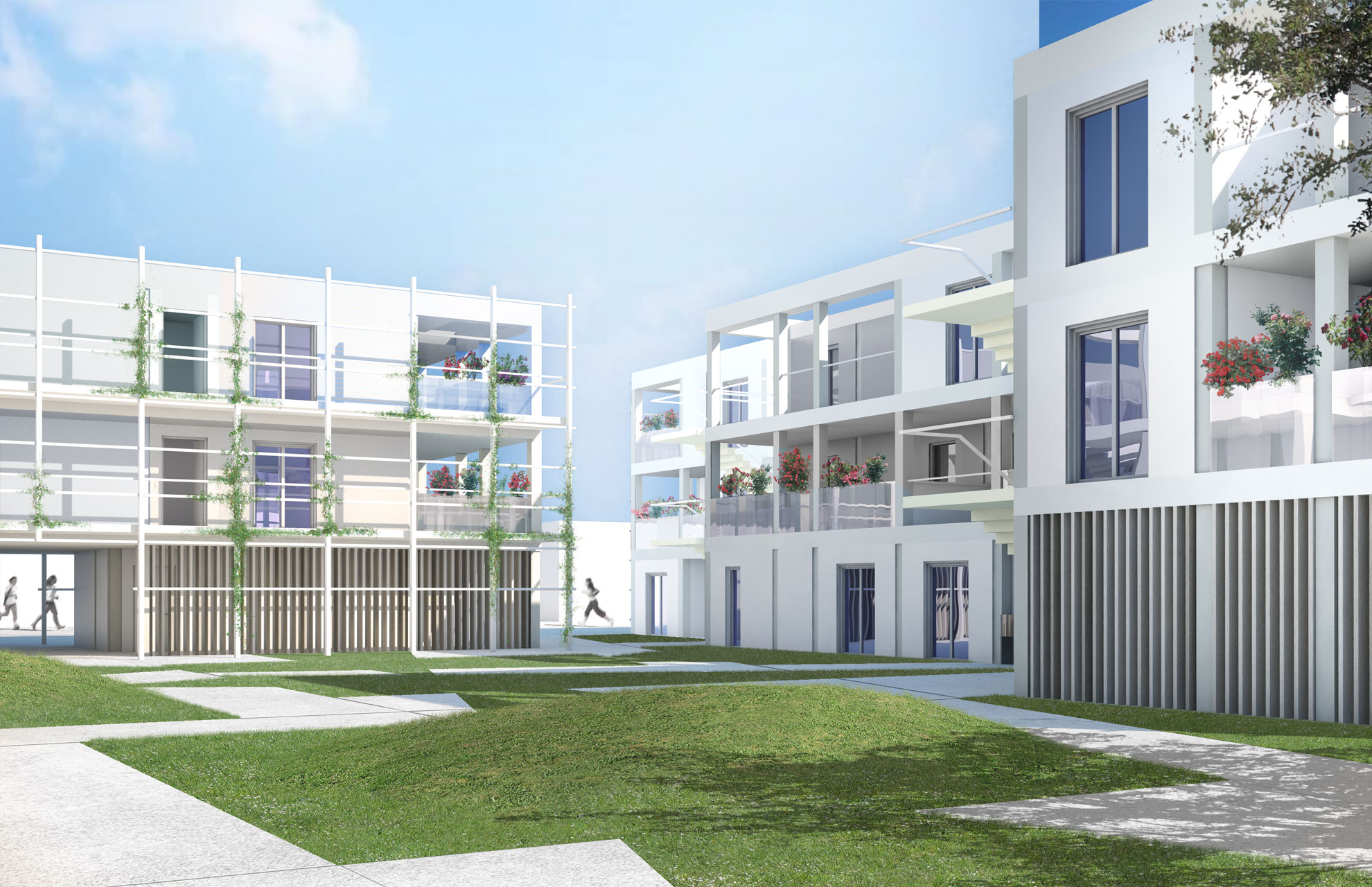

Adapting housing to lifestyles means not building and rebuilding, but developing the urban network in line with different territorial and social developments. Building home ownership in stages to allow dignity and adaptability. Our thinking on housing for the 3rd millennium is based on a practical approach to the project, confronted with and challenged by social and urban changes.
See interview with Marie-Christine Jaillet in Utra Ordinaire
Marie-Christine Jaillet is director of research at the CNRS. A specialist in urban issues, she has carried out a number of studies on suburbanisation and, in particular, on suburban lifestyles. She is also interested in urban policy and the regeneration of neighbourhoods in difficulty.
The ambition is to respond to the diversity of today's scenarios: social change due to high mobility, responding to the desire for a home, a dwelling with a garden or large terrace, corresponding as closely as possible to the image of each family, within controlled budgets.
The discipline of architecture has evolved towards the construction of projects built using industrial elements. The aim is to put in place constructive systems that respond to the issues identified. Architecture and design complement each other here, not in terms of style, but in terms of setting up industrial construction systems.
While industry makes it possible to find elements in product repertoires whose technical and formal characteristics correspond to the various imperatives to be implemented, certain products, thanks to the implementation of the digital production chain of our hyper-industrialised era, can be modified. This process of modification and customisation is a design process that enables users to adapt their homes to their own specific uses. A repertoire of tools and shapes can be used to propose a set of precise elements that meet construction, thermal, technical and environmental standards. Thanks to hyper-industrialisation, it can be customised within an aesthetically and technically controlled framework.
